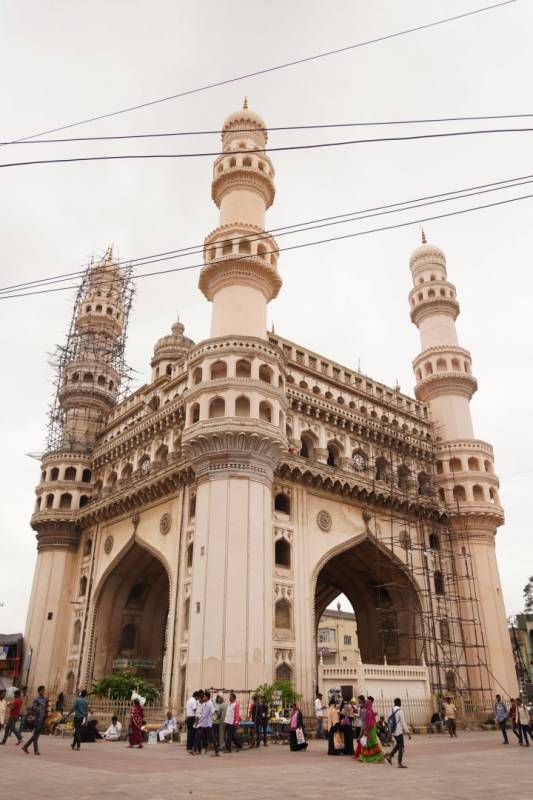Operation Polo: Hyderabad liberated or merged?
By J.S. Ifthekhar
Hyderabad: When he was supposed to flee, he was actually praying. After the fall of Hyderabad, rumours flew thick and fast about the imminent flight of the 7th Nizam, Mir Osman Ali Khan. Rumours were rife that he was seeking asylum elsewhere. Some said Egypt’s king had offered asylum in exchange for 25 per cent of his wealth. Grapevine had it that legendary Australian aviator, Sidney Cotton, was hired to take him to Egypt.
But none of this came to pass. At the time he was supposed to fly out of the country on September 17, the Nizam actually spread his prayer mat and prostrated. The Police Action of 1947 code named 'Operation Polo' remains the most controversial chapters in the Indian history with some calling for its celebration as "liberation day" while others maintaining that it was only merger of Hyderabad state with the Indian Union. Whether Hyderabad was liberated or merged remains a hotly debated topic.
The last princely state to accede to Indian Union, many nationalists felt the existence of independent Hyderabad constituted a dangerous portent for the independence of India itself. But according to historian, Syed Ali Hashim, who wrote the book "Hyderabad 1948 - An avoidable invasion", the State Congress of Hyderabad, which was dominated by Arya Samajis, was not in favour of a permanent settlement between Hyderabad and the Indian Union as this would ensure continuance of the Nizam’s dynastic rule, rather ‘Muslim domination’.
Much before the Police Action, Hyderabad state saw a severe economic blockade . Supply of petrol and crude oil was stopped to paralyse communication and transportation. These measures were intended to force the Nizam to 'kneel down' before the Indian Union. There was also an arms embargo as there were reports of the Nizam clandestinely importing weapons from abroad. There was also a propaganda about Muslim countries coming to the rescue of Hyderabad but in reality nothing of that sort happened.
In the run up to the D-day, Nizam made desperate attempts to stop invasion. He wrote a personal letter to C. Rajagopalachary, the Governor General, to use his good offices and see that good sense prevailed. There were reports of the militant Razakars taking the administration into their hands and creating lawlessness. Having drawn a blank from all sides, the Nizam felt betrayed by the British Crown.
Many believe the Nizam did the right thing in surrendering to Indian military as the latter was far superior in terms of numbers and weaponry. The Indian Army commenced its actions on September 13 from all sides. In the end the Hyderabad state surrendered meekly to the Indian military without a single shot being fired. This was largely due to the betrayal of El Edroos, the Commander-in-Chief of the Hyderabad Army, who instructed the various army sector commanders to ‘avoid resistance and surrender’.
Though the Nizam was far outnumbered in military might, his army could still have fought and resisted the Indian forces at least for sometime as a matter of prestige. But Nizam was unaware of the conspiracy hatched by Edroos and his secret orders to the Hyderabad army not to resist the Indian army, it is said.
The military strength of Hyderabad at the time of Police Action was just a fighting force of 22,000 . It had guns, three armoured regiments while one fourth of the irregular army was equipped with modern weapons and rest were armed with muzzle loaders. This apart there were 10,000 armed Arabs, 10,000 Razakars and soldiers of Paigah and jagir police. Historian, M.A. Nayeem, calls the Indian invasion as ‘naked aggression’ and in ‘blatant violation’ of international law. The military attack was euphemistically named ‘Operation Polo’ to assuage the world criticism of the unprovoked aggression, he says.
Whatever, the Asaf Jahi dynasty which ruled the Deccan for nearly 224 years, ended on September 17, 1948 with the Nizam signing an instrument of accession to join India.